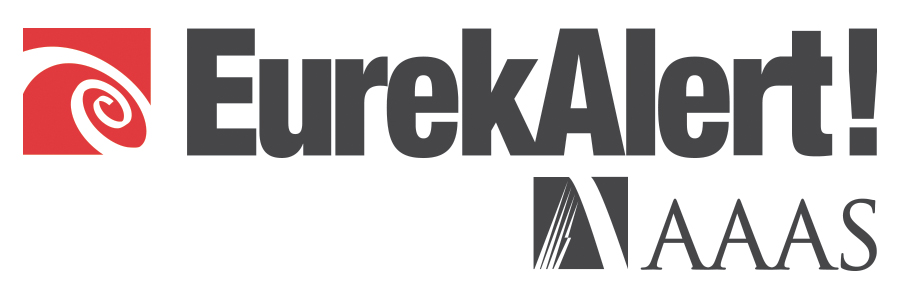
London, UK: A recent study published in the journal Cephalalgia, the official journal of the International Headache Society, highlights an overlooked relationship between migraine and exercise. The study, entitled “Anxiety sensitivity and intentional avoidance of physical activity in women with probable migraine”, was led by Samantha G Farris, from Rutgers, Department of Psychology, the State University of New Jersey, NJ, USA.
Migraine affects around 10-15% of the population around the globe, and among its most common diagnosis criteria include a throbbing, unilateral head pain, hypersensitivity to lights, sounds, odors, and aggravation by activity. Although regular aerobic exercise has been strongly recommended by clinicians as an adjuvant option for migraine prevention, for up to 1/3 of patients, physical exercise can be a trigger of migraine attacks, thus, it can instead be avoided as a strategy to manage migraine. As observed with other pain conditions, anxiety sensitivity, which refers to one’s fear of experiencing anxiety arousal due to harmful physical, cognitive and socially-observable consequences, may be related to PA avoidance in migraine patients. This seems to be the true especially with vigorous PA, as this exercise intensity is perceived as potentially triggering or worsening of migraine attacks.
In this study, the researchers assessed 100 women with probable migraine, who filled an online survey covering anxiety sensitivity scores, intentional avoidance of moderate and vigorous physical activity (PA) in the past month, which was based on the Global Physical Activity Questionnaire (GPAQ), as well as the self-rated perception (0-100%) that PA would trigger a migraine attack and worse migraine symptoms.
The results showed that increased anxiety sensitivity scores associated with PA avoidance of both moderate and vigorous intensities. One-point increase in the anxiety sensitivity scale resulted in up to 5% increase in the odds for avoiding PA. Concerns about the physical consequences of bodily sensations (e.g. difficulty breathing) associated with a 7.5-fold higher odds for avoiding vigorous PA, while cognitive consequences of bodily sensations (e.g. inability to concentrate), which is thought to reflect headache-related disability, associated with a 5.2-fold higher odds for avoiding moderate PA. Anxiety sensitivity scores positively associated with stronger expectations of vigorous-intensity PA as a triggering and worsening factor for migraine.
This study revealed a relevant but overlooked aspect of migraine. Migraine is a highly prevalent and disabling neurological disorder, in which regular PA is part of current non-pharmacological treatment recommendations. As pointed out by the authors “Patients with migraine and elevated anxiety sensitivity could benefit from tailored, multi-component intervention, ideally including: Psychoeducation about the positive effect of PA on migraine and the detrimental effect of avoidance, feedback about the perceived versus actual rates of PA in triggering/worsening migraine, and use of gradual exposure to facilitate desensitization to avoided of PA and related bodily sensations.”
###
Study’s link:
https:/
About Cephalalgia and International Headache Society: Cephalalgia is the official journal published on behalf of the International Headache Society (IHS), which is the world’s leading membership organization for those with a professional commitment to helping people affected by headache. The purpose of IHS is to advance headache science, education, and management, and promote headache awareness worldwide.
Contact Information:
Samantha G Farris, Department of Psychology, Rutgers, the State University of New Jersey, Suite 211, 53 Avenue East, Piscataway, NJ 08854, USA.
Email: Samantha.farris@rutgers.edu
Disclaimer: AAAS and EurekAlert! are not responsible for the accuracy of news releases posted to EurekAlert! by contributing institutions or for the use of any information through the EurekAlert system.

